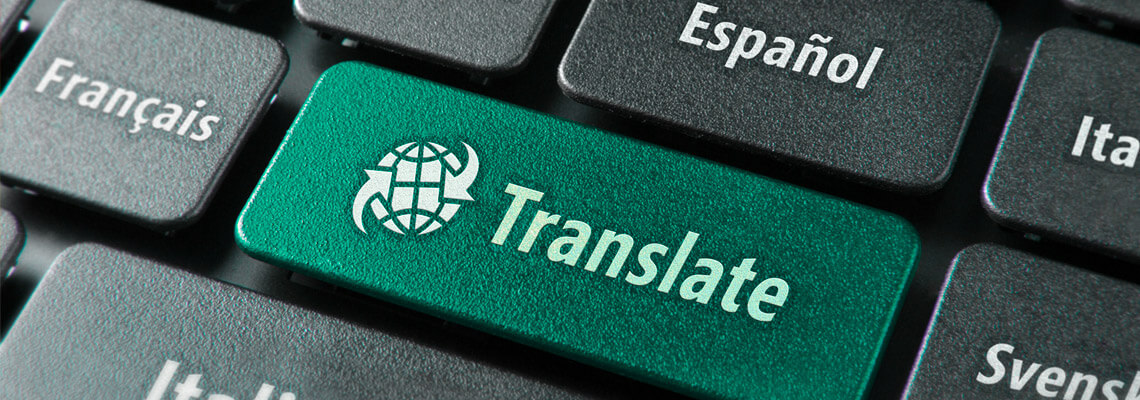Technical translation is a type of translation that allows the exchange of special scientific and technical data and information between people speaking different languages. The areas belonging to the technical group require in-depth study of the topic and understanding of terms and processes. The translator should be familiar with the inherent speech patterns and specialized professional slang.
Besides, you need to be able to feel in your bones what can be skipped and what should be included in the text without fail.
Basic rules of performing technical translation
In order for a technical translation to be as close to the source text as possible and to satisfy the client, it is necessary to be guided by the following criteria during the work:
- Accuracy. The main condition for a well-translated technical text is the exact adherence to terminology and the correct construction of sentences. The ability to overcome this problem is peculiar only to a professional translator with sufficient experience and bundle of knowledge. This means that the accuracy of the target text and the time spent on translation depend on the competence of the translator and the degree of insight into the subject.
- Compressed information. All information specified in the source text should be presented briefly, concisely and skilfully. As you know, brevity is the “sister” of conciseness, so a high-quality technical translation should contain only the necessary data.
- Clarity. Despite the brevity and laconism of technical translation, it should be extremely clear and simple. That is, the ability to communicate clearly is one of the main criteria that determine the degree of qualification of a translator of technical texts.
- Literariness. The text must comply with the generally accepted norms of the literary language. It is inadmissible for the translator to use a syntactic combination of words or word groups of the source language.
Besides, the client's willingness to being in touch with the performer in order to advise him/her for maximum accuracy of the text is important for the correct execution of technical translation. After all, who, if not the client, knows the nuances of the technological process, the features of this or that product, etc.?

Types and forms of technical translation
It is customary to divide technical texts into the following types of genres:
- Description of units and technical devices;
- Description of conditions and characteristics of work processes;
- Description of working practices;
- Translation of patent documents;
- Interpretation of drawings;
- Translation of advertising materials;
- Working with abstract periodicals.
Depending on the method of processing the source text, the following forms of technical translation can be distinguished:
- Interpretation;
- Gist translation;
- Written translation;
- Abstract translation;
- Translation of headers.
A high-quality technical translation is an equivalent translation of a text that accurately conveys the information contained in the source. Such service is offered by both professional translation agencies and freelance translators who are easy to find on the Internet. While staying at home, it is possible to order a translation of technical documentation, but in this case, the quality of the text is a toss-up. That is why, in order to get a result that suits you, it is better to turn to professionals.



